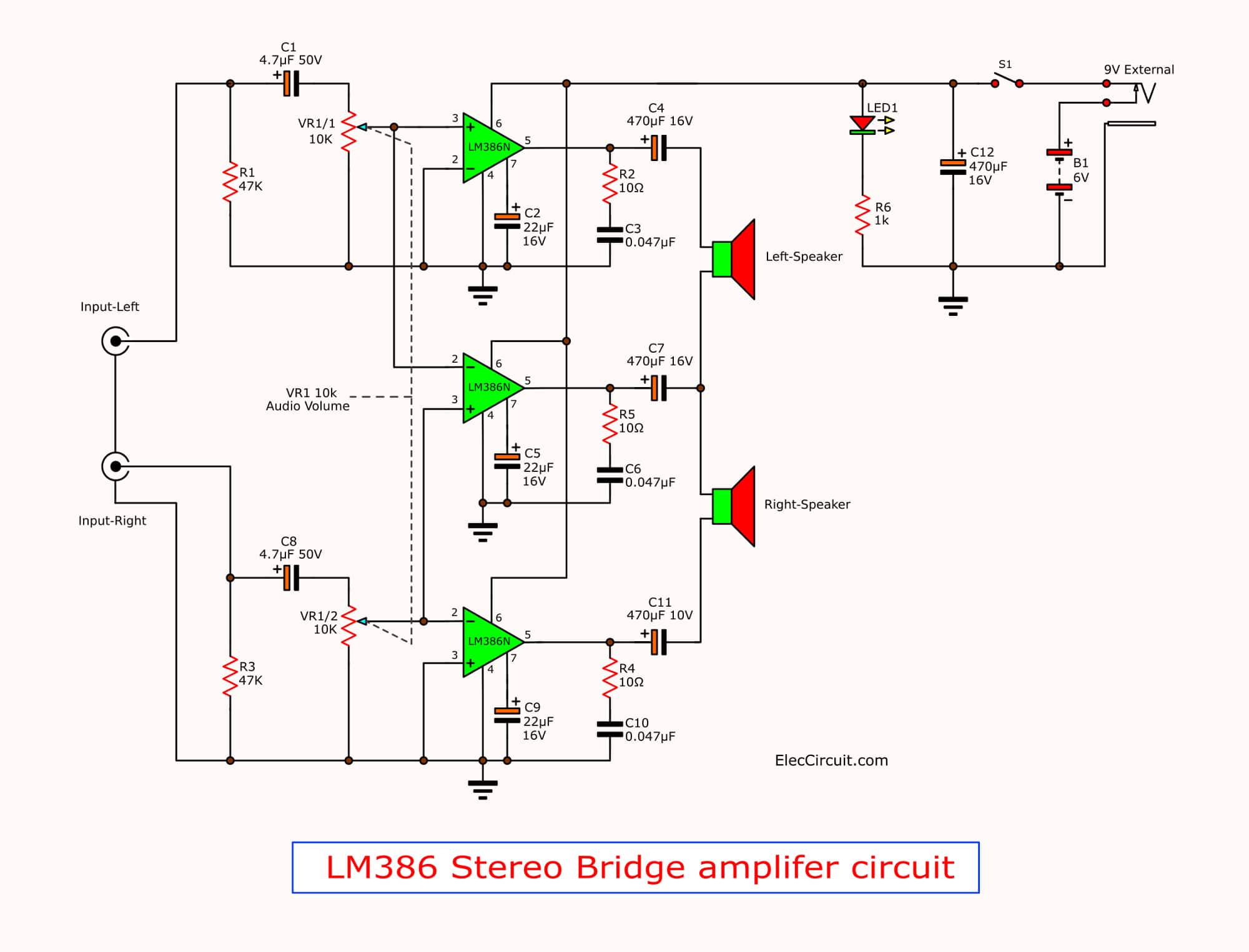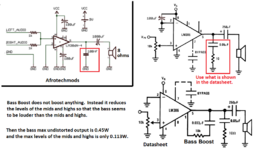Alistair Ballantyne
Junior Member level 2
Hi,
Simple LM386 amp with 8 ohm speaker. What would be your max wattage recommendation for the speaker?
Thank you.
Alistair
Simple LM386 amp with 8 ohm speaker. What would be your max wattage recommendation for the speaker?
Thank you.
Alistair

